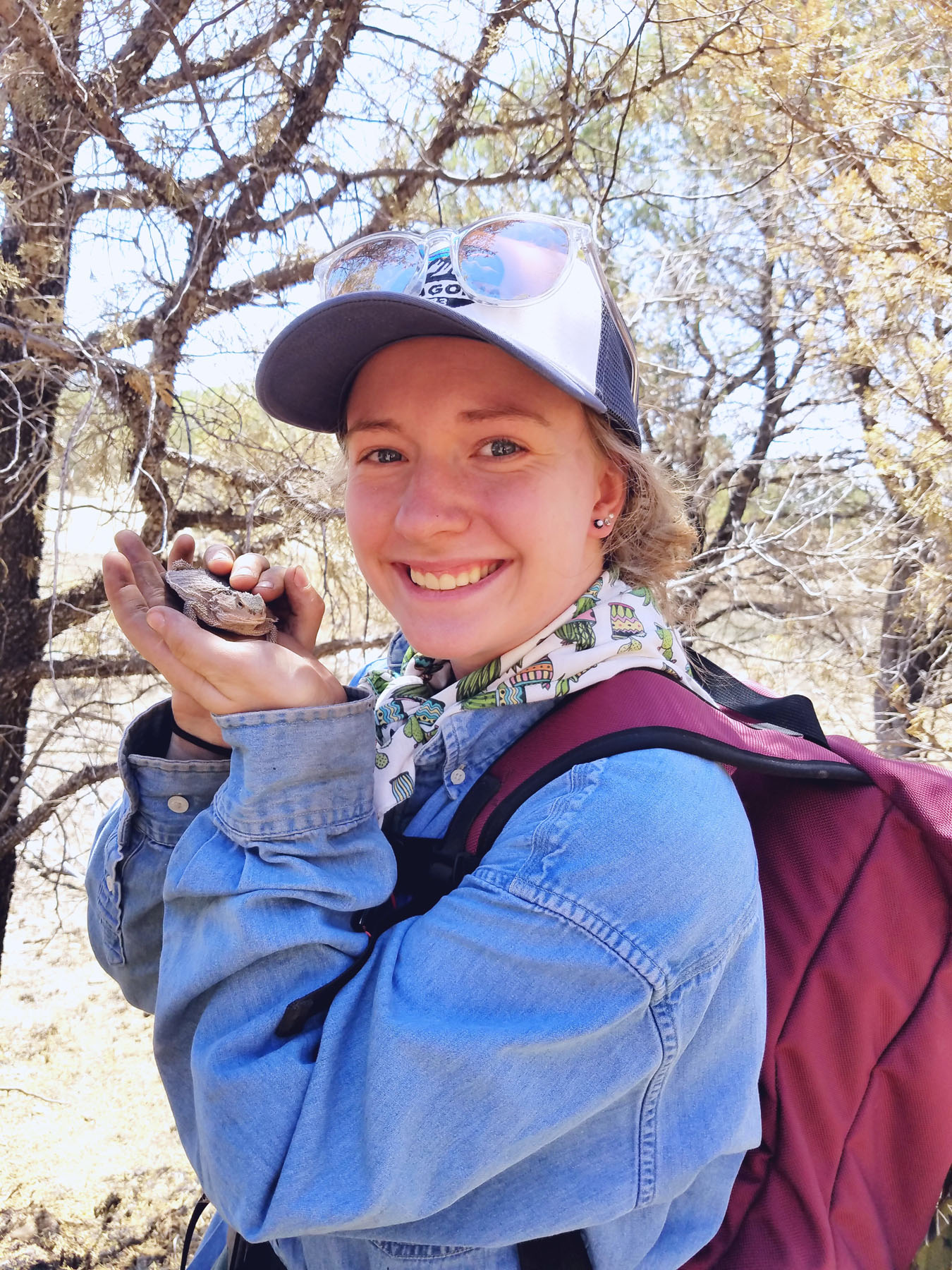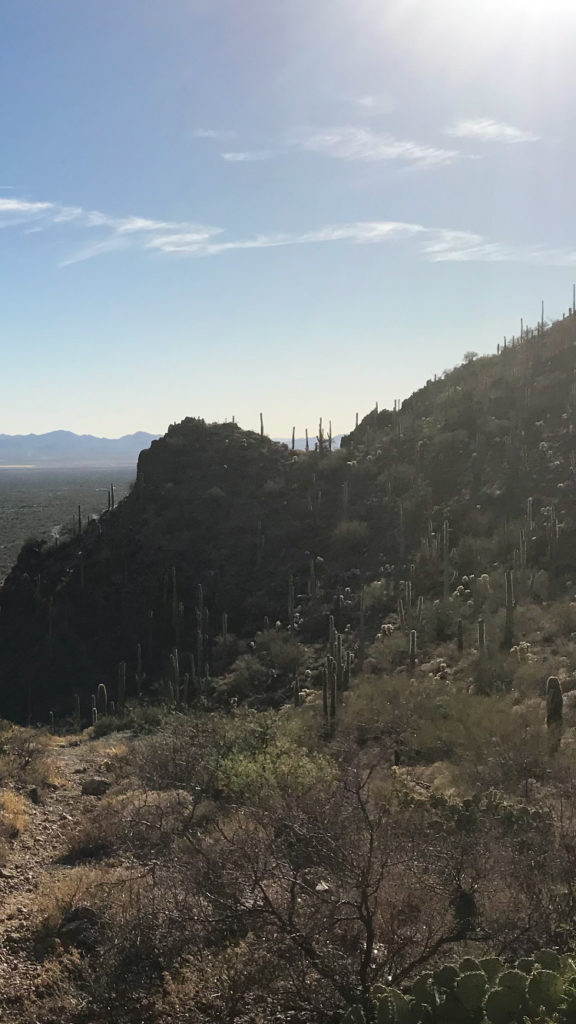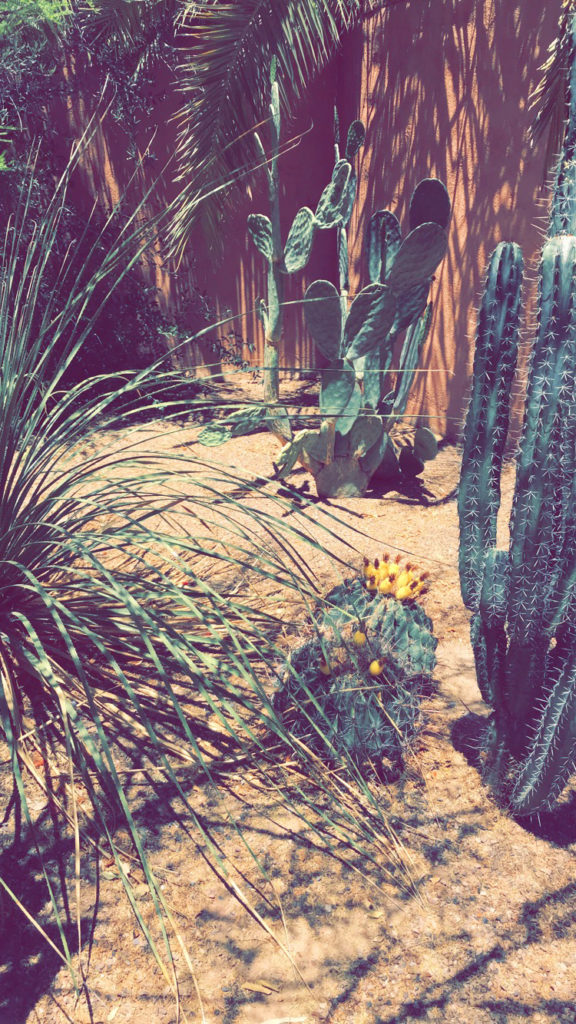- Home
- >
- Preservation Archaeology Blog
- >
- Ouch…that’s sharp!

(July 3, 2018)—Coming all the way from New York, the desert was a bit of a shock. As I sat looking out the window of the plane, I watched the landscape change from green grass and bushy trees to a sandy landscape peppered with shrubs and other desert plants. In a momentary lapse of comprehension, I wondered to myself why the trees below me looked so weird…and then a light bulb went on. Of course they looked weird; they weren’t trees at all—they were saguaro cacti! Once my feet were on the ground, I had the most amazing time running from plant to plant to see what they were. And, more importantly, whether it would hurt if I touched them.

I had a lot to learn from the people who live in the area. Each and every plant has something to offer and could be used in a wide variety of ways. One thing I found particularly interesting was imparted to us on a visit to the Tohono O’odham Cultural Center. We learned that every summer in the month of June, there is a large harvest of the fruit that grows on the giant saguaros. The fruit is harvested using a picking stick that is made from the ribs of dead saguaros and creosote sticks. Once harvested, the fruits can be eaten raw or fermented to make a ceremonial wine.

After we left Arizona and headed to New Mexico, the landscape changed again. No longer were we surrounded by the tall saguaro and squat prickly-pear in mass abundance, but make no mistake—the plants were as sharp as ever! As an avid lover of walking around barefoot, I was in for a rude awakening. Coined the “Lego of the Desert” by my fellow camp-mates and Southwest natives, I quickly discovered what “goat-heads” were. Stepping on one of these burrs at 5 a.m. as you stumble around, half-asleep, making breakfast, is a surefire way to wake you up.
Although I had a love for plants well before I came to the Southwest, I soon found that knowing what is growing around you can be very useful in archaeology. Part of the paperwork that is done during survey requires a list of the flora that are growing around each recorded archaeological site. It is important to know what overstory and understory plants are present for reference, and to assess what kind of disturbance the bioturbation from their roots has caused. At sites that are excavated, there is also tree-ring dating, pollen analysis, and flotation analysis to study the plants that were present in the past.
All in all, while plants are amazing organisms on their own, they are also invaluable to research. It is such a wonderful and unique experience to be able to connect virtually any outside interest to the field of archaeology.
Explore the News
-
Join Today
Keep up with the latest discoveries in southwestern archaeology. Join today, and receive Archaeology Southwest Magazine, among other member benefits.